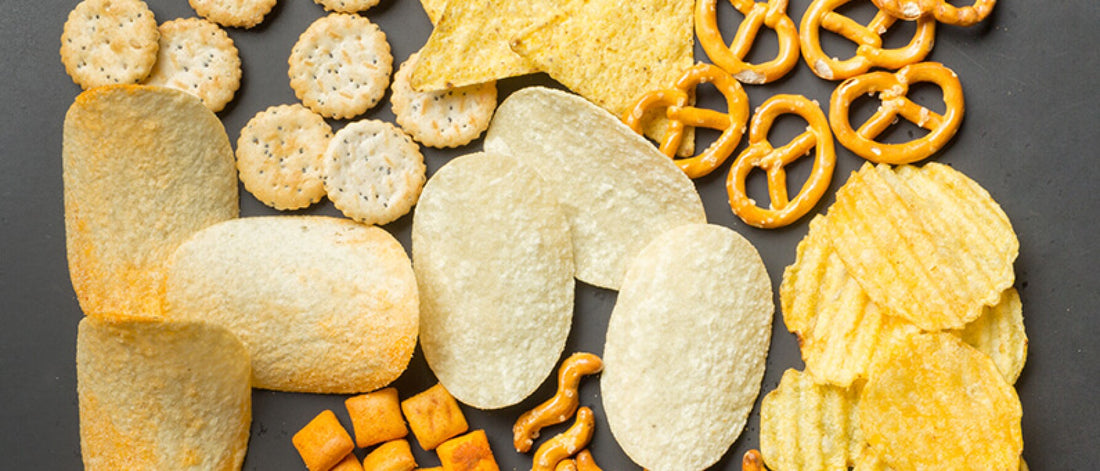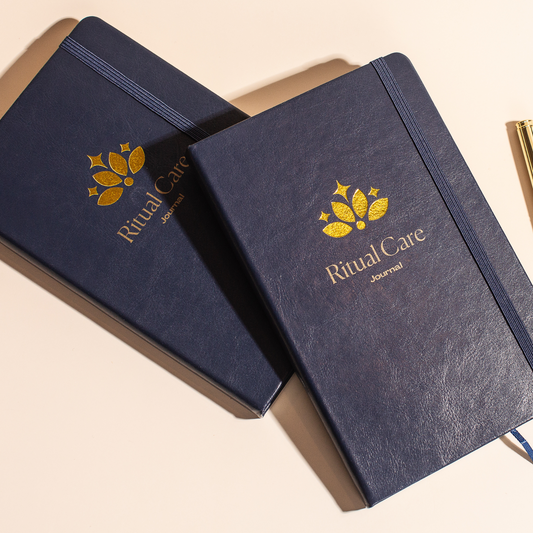Consuming too much sodium is not ideal for a healthy diet. But with the foods that make up the standard American diet (SAD), many people consume too much sodium every day. The 2015–2020 Dietary Guidelines for Americans recommend that male and female adults should consume no more than 2300 mg of sodium per day. The Centers for Disease Control and Prevention (CDC) reports that Americans actually consume an average 3400 mg of sodium per day—far more than the recommended intake. It’s also reported that on average, men consume higher amounts of sodium than women do. This becomes an issue over time because high sodium intakes have been linked to conditions such as high blood pressure, heart disease, and even stroke.
So where does all this sodium intake come from? It’s not from the salt shaker that you see on the table. Over 70 percent of the sodium that Americans consume comes from processed foods and eating out. It’s unreasonable to think that someone will never eat any processed foods or eat out again. But you can focus on removing these five high-sodium foods from your diet, or at the very least, reduce your intake of them. Your heart will thank you!
Some foods listed above can be found in low-sodium varieties, but it’s best to minimize or avoid these five high-sodium foods altogether. Consuming these foods on a regular basis will naturally increase your daily intake of sodium.
*Editor’s Note: The information in this article is intended for your educational use only; does not necessarily reflect the opinions of the Chopra Center's Mind-Body Medical Group; and is not a substitute for professional medical advice, diagnosis, or treatment. Always seek the advice of your physician or other qualified health providers with any questions you may have regarding a medical condition and before undertaking any diet, supplement, fitness, or other health program.
Learn how to use natural wellness practices like meditation, yoga, and Ayurvedic eating to help you slow, and even reverse, the aging process at Perfect Health, our intimate, personalized mind-body healing retreat. Learn More.
So where does all this sodium intake come from? It’s not from the salt shaker that you see on the table. Over 70 percent of the sodium that Americans consume comes from processed foods and eating out. It’s unreasonable to think that someone will never eat any processed foods or eat out again. But you can focus on removing these five high-sodium foods from your diet, or at the very least, reduce your intake of them. Your heart will thank you!
1. Cured Meats
It makes complete sense that cured meats would have high amounts of sodium since the process of curing uses salt! Curing draws out moisture to concentrate the flavor and reduce the incidence of bacteria. Cured meats include sausage, ham, bologna, salami, pancetta, pepperoni, and prosciutto. In the case of salami, there are 529 mg of sodium in only one ounce, which is about three slices of salami. Typically people eat more than that if they are having it in a sandwich, so imagine doubling that amount and you’re already at 1058 mg of sodium with just six slices of salami. Wow! Reducing or eliminating cured meats from your diet will significantly reduce your overall sodium intake.2. Canned Soup
Canning is meant to preserve food that will sit on a shelf for a period of time. Soups and broths that you purchase in a can are usually loaded with sodium to maintain the texture and enhance flavor. Let’s look at some common types of soup. In a common brand of tomato soup, you get 750 mg of sodium in only one cup. In another example, a common brand of chicken noodle soup contains 889 mg of sodium in one cup. You’re much better off making soups from scratch so you can control the amount of salt that is used.3. Soy Sauce
Soy sauce is a major source of sodium. There is 902 mg of sodium in only one tablespoon of soy sauce. You can probably taste the high amounts of sodium when you consume it! Soy sauce is used in a lot of Asian cooking, and often in large amounts. This means that you are likely to consume high levels of sodium anytime you use soy sauce in cooking. Be cautious of using soy sauce, especially when eating at Asian restaurants.4. Chips and Pretzels
It doesn’t take a rocket scientist to know that packaged foods like chips and pretzels contain salt. You can taste it! A simple eight-ounce bag of plain potato chips contains 1460 mg of sodium! And that’s the plain kind. Imagine barbeque flavor or cheese flavor—anything with flavoring will add to the sodium level since they typically add more sodium to increase the burst of flavor. And pretzels aren’t much better. Just 10 small pretzel twists contain 814 mg of sodium. If you’re trying to reduce your overall intake of sodium, ditching processed snacks like chips and pretzels will be a game changer.5. Pizza
Traditional American pizza is almost guaranteed to provide you with a large intake of salt. If you think about the ingredients in pizza, it’s easy to see that there is going to be a high level of sodium in a cheesy slice. Let’s take pepperoni pizza, for example. The pepperoni as a cured meat starts high in sodium. Add to that the higher-sodium ingredients of the crust, tomato sauce, and cheese. A regular crust pepperoni pizza from Pizza Hut contains 769 mg of sodium in one slice! It’s rare for someone to only eat one slice, so if you eat multiple slices, you will surpass the recommended intake of salt in one meal alone. Pizza is a big source of sodium in the SAD.Some foods listed above can be found in low-sodium varieties, but it’s best to minimize or avoid these five high-sodium foods altogether. Consuming these foods on a regular basis will naturally increase your daily intake of sodium.
*Editor’s Note: The information in this article is intended for your educational use only; does not necessarily reflect the opinions of the Chopra Center's Mind-Body Medical Group; and is not a substitute for professional medical advice, diagnosis, or treatment. Always seek the advice of your physician or other qualified health providers with any questions you may have regarding a medical condition and before undertaking any diet, supplement, fitness, or other health program.
Learn how to use natural wellness practices like meditation, yoga, and Ayurvedic eating to help you slow, and even reverse, the aging process at Perfect Health, our intimate, personalized mind-body healing retreat. Learn More.






















